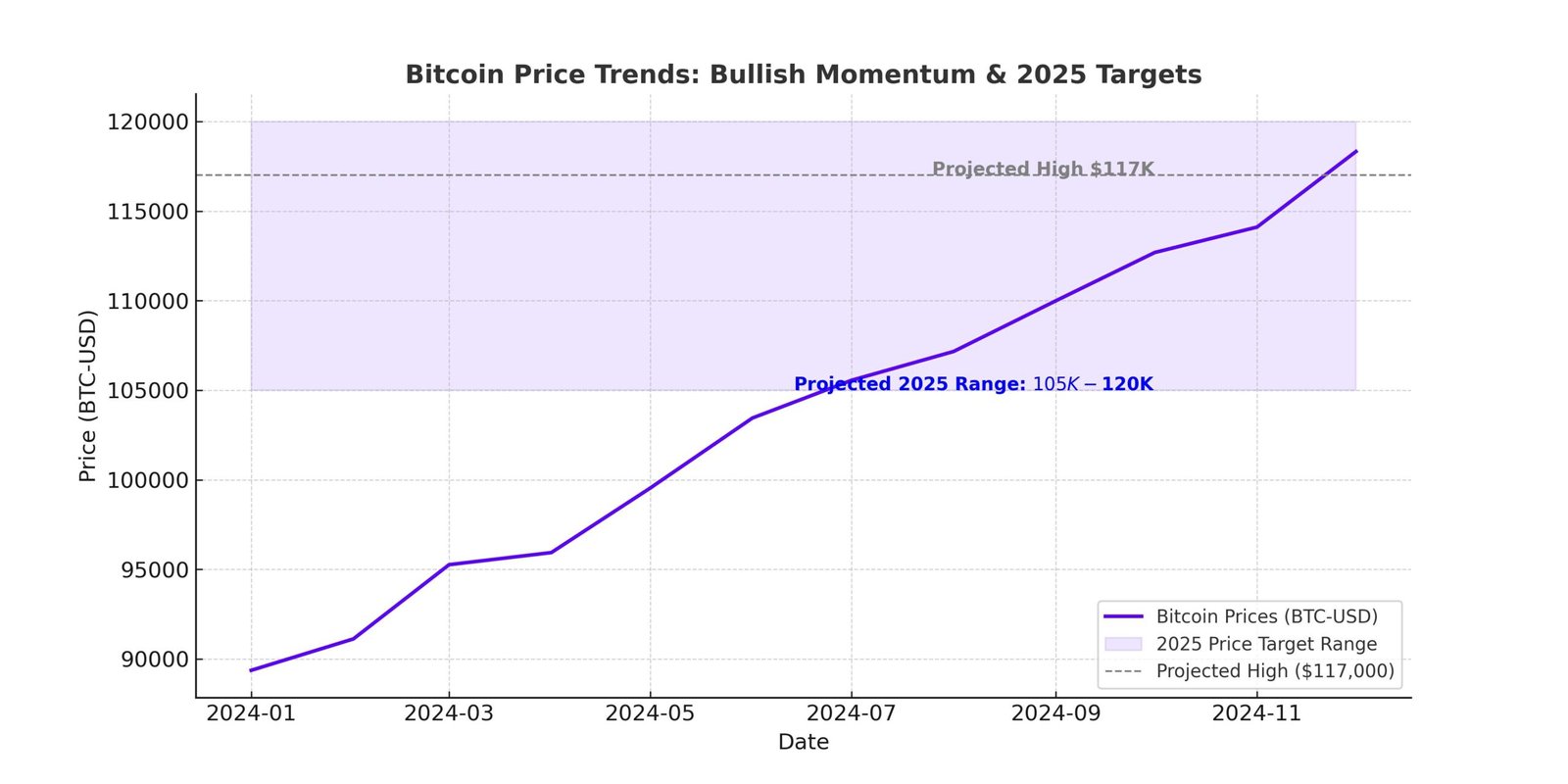The 2025 Surge: How Crypto Institutional Adoption is Reshaping the Market

Have you felt it? That buzz in the air, the charts painting greens that feel… different. Bitcoin flirting with $115k, Ethereum pushing past $4,700. It’s easy to get swept up in the excitement, but what if I told you this isn’t just another retail-driven bull run? Frankly, what we’re witnessing is something far more profound. This is the clearest sign yet of a seismic shift, a structural change driven by the accelerating wave of **crypto institutional adoption**. The “smart money,” the giants of Wall Street, are no longer just dipping their toes; they’re diving in headfirst. This convergence of institutional capital and favorable macroeconomics is creating a perfect storm, one that’s not just lifting prices but fundamentally reshaping the future of digital assets.
Table of Contents
The Perfect Storm: Two Key Drivers Fueling the Market
So, what’s behind this monumental shift? It’s not just one thing, but a powerful combination of two major forces acting in concert. Think of it as a hurricane gaining strength over warm waters—the conditions are just right for explosive growth, and it’s happening at a scale we’ve never seen before.
1. A Favorable Wind from Macroeconomics
For months, the market has been shackled by fears of persistent inflation and a hawkish Federal Reserve. But the latest CPI data brought a collective sigh of relief, coming in cooler than expected and signaling that the worst of inflation may be behind us. What does this mean in practical terms? Traders are now pricing in an **overwhelming 92% probability** of an interest rate cut at the Fed’s next meeting. This is the definitive ‘risk-on’ signal the market has been desperately waiting for.
This shift in monetary policy has a direct and powerful effect on asset prices. Lower interest rates weaken the appeal of holding U.S. dollars, prompting a global search for yield and growth. Capital begins to flow out of ‘safe’ but low-yielding assets like government bonds and into assets with higher growth potential. In 2025, cryptocurrency, led by the twin titans of Bitcoin and Ethereum, stands as a prime beneficiary of this massive capital rotation. It’s the macroeconomic tailwind that’s turning what could have been a modest market recovery into a powerful, sustained surge.
2. The Floodgates of Institutional Capital Swing Open
If macroeconomic easing is the wind, then institutional capital is the tsunami. The total crypto market capitalization has swelled to over **$4.18 trillion**, a figure that reflects the sheer scale of the new money entering the space. Let’s be clear: this isn’t just speculative retail interest. This represents a fundamental reallocation of capital from the largest and most influential financial players on the planet. The change in attitude is palpable. What was once dismissed in boardrooms as a fringe, volatile asset is now a mandatory topic of strategic discussion.
The key unlock has been the creation of regulated, accessible financial products. Spot ETFs are the most visible example, but the innovation runs much deeper. We’re seeing pioneers like WisdomTree launch tokenized private credits on blockchains like Ethereum and Stellar. We’re witnessing major global banks like HSBC and BNP integrate with institutional-grade networks. This is the sophisticated, industrial-grade plumbing being laid for a new financial system, and it’s happening right now, brick by digital brick.

Bitcoin: The Beacon for Big Money
At the center of this perfect storm is, of course, Bitcoin. It has masterfully captured the narrative and cemented its role as the primary gateway for institutional investors. It’s no longer just a speculative digital currency for tech enthusiasts; it’s being seriously treated as a strategic reserve asset, a non-sovereign store of value, and the ‘digital gold’ for the 21st century. The evidence for this growing trend of crypto institutional adoption is no longer anecdotal; it’s written in billions of dollars of capital flows.
The Onslaught of Spot Bitcoin ETFs
The launch of Spot Bitcoin ETFs wasn’t just another product release; it was the moment the velvet rope to the VIP section of global finance was finally dropped for Bitcoin. It elegantly solved the single biggest hurdle for institutional adoption: custody and compliance. A pension fund manager or a conservative family office can’t simply open a software wallet and start managing private keys. But they can—and unequivocally are—buying shares of BlackRock’s IBIT or Fidelity’s FBTC with the same ease as buying a share of Apple stock.
The numbers are simply staggering and speak for themselves. We’ve witnessed a relentless four-day streak of positive inflows, culminating in over **$1.7 billion pouring into these ETFs in a single week**. This isn’t market noise or retail FOMO. This is a clear, directional, and calculated bet from the world’s most sophisticated investors. BlackRock and Fidelity have emerged as the dominant forces in this race, their funds acting as the primary, regulated on-ramps for a tidal wave of institutional cash that had been waiting patiently on the sidelines for years.
When Corporations “All-in” on Bitcoin
Beyond the hallowed halls of Wall Street, a parallel and equally powerful movement is gaining momentum in corporate boardrooms. Michael Saylor’s MicroStrategy was the trailblazing pioneer, but now they are far from alone. This has rapidly evolved into a global phenomenon. In Japan, the publicly listed company Metaplanet has adopted a ‘Bitcoin-first’ treasury strategy, inspiring others in the region. In the U.S., we see companies in unexpected sectors, like Allied Gaming, strategically adding Bitcoin to their balance sheets.
The rationale has matured from a simple investment to a sophisticated treasury management strategy. These forward-thinking companies view Bitcoin as a superior long-term store of value, a robust hedge against the inevitable, slow-motion debasement of fiat currencies. What’s truly fascinating, and perhaps the most powerful signal of all, is the conversation now happening in the corridors of power. The U.S. Congress is reportedly exploring a plan for a **’Strategic Bitcoin Reserve,’** a move that would elevate Bitcoin from a corporate asset to a matter of national financial interest. In my view, this is the final boss of institutional validation.

Ethereum: More Than Just Second Fiddle
While Bitcoin masterfully captures the headlines as ‘digital gold,’ Ethereum presents a different, and arguably more complex, value proposition to institutions. They see ETH not just as an asset to be held, but as a technological bet on the very future of finance. The story of crypto institutional adoption isn’t complete without understanding Ethereum’s multifaceted role as both a productive asset and a world-changing technology platform.
The Allure of ETFs and The “Productive” Asset Narrative
Just like its older sibling, Ethereum ETFs are attracting massive capital, with weekly inflows recently topping **$2.85 billion** and decisively breaking a prolonged outflow streak. But the institutional thesis for ETH goes far beyond simple price appreciation. Ethereum’s secret weapon is staking. Its Proof-of-Stake consensus mechanism allows holders to ‘stake’ their ETH to help secure the network and, in return, earn a passive yield. This fundamentally changes the asset’s profile. It’s no longer just a commodity you hope will go up in value; it becomes a **productive, yield-generating asset**, much like a dividend-paying stock or a rent-earning property.
For an institution like a pension fund or an endowment, which is mandated to generate predictable returns, this ‘native yield’ is a holy grail. It creates a powerful, structural demand for ETH that is completely independent of daily market volatility. This is fueling what many analysts are calling the ‘Great Rotation’—a strategic shift of capital into the Ethereum ecosystem, which in turn could be the primary catalyst for the next altcoin season.
Betting on the Future: RWAs and the Fusaka Upgrade
The real long-term institutional bet on Ethereum, however, is on its technology. Two interconnected trends are at the heart of this: the tokenization of Real-World Assets (RWAs) and the imminent Fusaka network upgrade. RWA is the revolutionary concept of representing traditional assets—real estate, private credit, carbon credits, stocks—as tokens on a blockchain. This isn’t a futuristic dream; it’s happening now. Coinbase is expanding its RWA offerings, and traditional finance giants are actively building on Ethereum to tokenize assets, promising a future of finance that is more transparent, liquid, and efficient. Institutions aren’t just buying ETH; they are investing in the foundational layer for a multi-trillion dollar market transformation.
And Ethereum is preparing for this institutional onslaught. The upcoming **Fusaka upgrade**, scheduled for late 2025, is a monumental step in this evolution. It includes crucial improvements like **PeerDAS (EIP-7594)**, a technology designed to drastically reduce data costs for Layer 2 solutions like Arbitrum and Optimism. This means transactions will become exponentially cheaper and faster, making the network truly ready for global, enterprise-scale adoption. It’s the digital equivalent of upgrading a country’s entire highway system to accommodate a new era of global commerce. If you’re looking to diversify, understanding this landscape is crucial, starting with whether we’re on the verge of a new Altcoin Season for 2025.
Personal View: A Sustainable Wave or Just Another Bubble?
So, we circle back to the big question: Is this time different? Having navigated the euphoric 2017 ICO bubble and the retail-driven DeFi summer of 2021, I can say with conviction that the market’s foundation today feels fundamentally stronger. The current rally is not built on flimsy whitepapers and anonymous hype, but on approved SEC filings, audited corporate treasury allocations, and tangible technological progress. This is the difficult, often messy, but ultimately necessary process of an asset class maturing.
However, maturity does not mean an absence of risk. Complacency is, and always will be, the investor’s worst enemy. The market will remain volatile. A hotter-than-expected inflation print could spook the Fed, and regulatory goalposts can always shift, as one insightful Forbes article noted, the market drivers are increasingly complex. We’re also facing market-specific events like the upcoming **$4.5 billion token unlock** scheduled for later this month, which is guaranteed to introduce selling pressure and create short-term turbulence. Furthermore, crypto’s deeper integration with traditional finance is a double-edged sword: a downturn in the S&P 500 could now drag Bitcoin down with it.
My advice for the individual investor navigating this new terrain? Stop thinking like a gambler and start thinking like a portfolio manager. The institutional game is a long one. They aren’t panic-selling on a 10% dip; they are accumulating strategic positions in assets with undeniable network effects and clear, defensible utility. For most, that means focusing on the digital blue chips: Bitcoin as the pristine store of value and Ethereum as the decentralized computing platform. This powerful tide of **crypto institutional adoption** is not a short-term trend; it’s a paradigm shift. The smart move isn’t to try and time the waves, but to build a sturdy vessel and learn how to sail alongside the whales.











